Cobra Limit3d putters for 2025 is a very limited run of 3D printed putters designed to enhance performance and consistency on the greens. Only 500 of each style of the Cobra Limit3d putters will be offered, so I tested them to see how 3D printing effects looks, feel, sound and roll. While the new Cobra Limit3d putters may not be something you see every day at your local club, these 3D printed putters are a glimpse into golf manufacturing’s future and you’ll want to see all the details. In this video, I’ll show you everything you need to know about the Cobra Limit3d 3D printed putters for 2025.
My Golfweek.com story – https://golfweek.usatoday.com/story/sports/golf/equipment/2025/04/18/cobra-3d-printed-limit3d-enzo-pista-putters-price/83118858007/
00:00 Introduction
00:26 3D Printing: Why?
03:24 Descending Loft
04:37 Styles
05:28 First-Hand Impressions
08:25 The Price
09:36 Ask Me Anything
Hey everybody, welcome back to the channel. Cobra has been making 3D printed irons available to the public for about a year and a half now, just like this one here. This is a 3DP Tour iron, but Cobra is now expanding its 3D offerings to include putters. These are the newest limited edition, and I mean very limited edition. Cobra limited 3D putters. Only 500 of each model is going to be made, and Cobra sent me two of them. So, let’s give these guys a roll and find out how they perform. The reason why golf equipment makers like Cobra are fascinated with the concept of 3D printing is it allows their engineers and their designers to come up with shapes and playing attributes in clubs that otherwise would not be manufacturable. The vast majority of clubs are created in just a couple of different ways. There’s number one, which is going to be casting, where you take liquid metal, pour it into molds, break them open, and voila, you’ve got the golf clubs that you were looking to try and make. Then there’s forging, where you take red hot pieces of metal and put them under tremendous pressure to form the desired club that you’re looking for. There’s also going to be milling, which involves a very fastmoving bit that goes back and forth over a block of metal and shaves off tiny ribbons of material until for the final golf club that you’re looking to have created is finally manufactured. Each of those methods, casting, forging, and milling, has its pluses and minuses, but none of them can make a club the way that a 3D printer can. Using two different types of processes, one called metal jet and another one called direct metal laserining. Cobra takes 316L stainless steel powder basically and layer by layer has the 3D printing machines create these putters because these putters are basically built upward rather than having metal sort of shaved away. Different designs can be incorporated into them. Specifically, Cobra is creating a lattice structure inside the head of each one of these putters. You can sort of see what it would look like on the outside here. The advantage of that lattice structure is it uses tremendously less weight than you would have ordinarily if you were, for example, milling out a blade style putter like this. And that creates a lot of discretionary weight that can be distributed into different areas of the club where it’s going to give some kind of performance benefit. At the same time, the lattice structure is very, very strong. So, from a feel standpoint, this putter should behave very, very similar to a lot of blade style putters that are out there. But because Cobra designers are using this lattice structure and 3D printing, they’re able to push a lot of the material that otherwise would be in certain places out to the heel and the toe area to dramatically boost the moment of inertia, the MOI. So that way, you’re going to get a lot more um stability out of a shape like this just because of the way it’s actually manufactured. So Cobra is offering the new limited 3D printed putters in two different head styles. One is going to be the Pista, which is a traditional heel toe weighted blade. The other is going to be the Enzo, and this is going to be a high MOI mallet. The ladder structure that you see on the back of the pista blade is going to be a lot more ornamental, but nothing’s really going to go into the head. When you get into the Enzo, however, because of the way that it is designed, you can see all the way through this putter. It’s actually something very, very unique. Looking into the back section here, you can go all the way with your eyes to the very back of the hitting area here. You can also see the internal lattice structure if you’re looking in from a couple of these side windows here. Again, these areas aren’t really doing anything from a performance standpoint. So, by removing material there and redistributing it up into the heel and the toe area or other parts of the head, the putters are going to be able to perform better. And you wouldn’t be able to manufacture anything like this if you were forging or casting or even milling. Now, the Pista Blade as well as the Enzo mount that I have right here both have what’s referred to as descending loft technology. That’s a feature that’s brought over from LA Golf and a partnership that Cobra has with them. And basically it means that different sections of the hitting area have different levels of loft. And it goes down in loft as you move down in the head. As you can see, the face is divided into four different regions. And the top quarter region here has four degrees of loft. The one below it has 3°, then 2°, and then the one at the very bottom has one degree of loft. Now, why would you want that? What’s the benefit of that? Well, if you’re coming into a putt and you going to accidentally have a forward press, you’re going to be delofting the face. Having extra loft at the top where you’re actually going to be making contact with the golf ball would be beneficial because it’s not going to drive the ball down as much and cause hopping. You’re going to get a little bit better roll on the other side of it. If you are hitting or thinning your putt with the lowest portion of the blade, you can see how that the back of the putter is actually going down. You’re adding effective loft to the putter. So, by having the lowest amount of loft, one degree on the bottom, you’re going to be decreasing the severity of that effect. The whole idea behind this descending loft technology is to normalize the amount of loft as best Cobra can to make a more consistent roll. Now, the Pista is going to be available in a couple different versions, a 45 degree towh hang as well as a 60°ree towh hang. And the Enzo is also going to be available in a couple different versions that have varying levels of tow hang, but only 500 of each model are going to be made. So, they’re going to be extremely rare. And as you would imagine, these putters are going to come with a very premium price. And that’s $599. So, this is not an inexpensive purchase, but it’s a really interesting look into what is probably going to be coming from Cobra Golf in the future. Now, all of these putters are going to come standard with a KBS CTO 120 putter shaft as well as a Superstroke grip. But the biggest question I have with regard to these putters is how are they going to feel and how are they going to sound and how are they going to perform when you compare it to a traditional heeltoe weighted blade or high MYI mallet. Thankfully, again, Cobra made these available to me and I was able to take them out to a practice putting green and roll a few putts with them. What I can tell you right away is that if I didn’t know that these putters were 3D printed, looking down at the ball in the address position, there would be no way that you would know. Obviously, um the pista blade looks like your traditional heel toe weighted blade. We’ve all seen putters just like this in the address position. It’s a classic look. The Enzo putters look like modern high MOI mallets. Most big high MOI mallets are no longer big anymore. They’ve gotten to be in this sort of midsize with a short slant neck. This particular putter has about 30° of tow hang. So for a player like me who has a slight arc to his putting stroke, both of these putters are probably going to be a viable option. Now with regard to how putts rolled and how they performed, I liked personally the Blaze style putter a little bit more than the mallet. That has to do probably with the amount of towang. This particular version um of the Pista has 60° of tow hang, which matched up, I think, a little bit better to my stroke. Personally, I like the way that the sending loft technology seemed to normalize the way that the ball came off of the face. But the biggest and the quickest reaction that I had to both of these putters, the um mallet as well as the blade, was that these putters sound different than just about every other putter that I have used before. It’s not a bad sound in the least. And I want to make that very, very clear. But when you compare the sound that this putter makes to a solidbodied blade style putter, it is a higher pitch. It’s not as deep and rich a sound is that I’m used to. It’s really a little bit more of a pop type of a sound rather than that sort of deeper, richer um hit sound or that sort of thumping sound that a lot of mil style 303 stainless steel putters tend to make. And while I prefer the performance of the blade style putter for me, the sound actually became a little bit more apparent when I was using the mallet style putter, which to me made sense because it has such an open chamber. I mean, basically, you’ve got the hitting surface here, and I can see directly behind it where that steel is. And then there’s nothing back here. This is basically just an open chamber. And so I would imagine that the waves of sound that are created by the moment of impact come out of this putter head differently than they do with other um putters that have a similar shape. The Pista as well as the Enzo have an adjustable weighting system on the bottom. So theoretically, you can change the swing weight of these putters um based on the club’s length as well as your personal preference. There are several different Hzle configurations that are available in both the Enzo as well as the Pistol. So, you should be able to find one that works with your type of stroke, whether it’s an arc stroke or a relatively straight backstroke. A good custom fitter should be able to put you in one that benefits the way that you naturally hit your putts. So, I was able to have really good distance control I felt with both of these putters and I hold a lot of long-distance putts with each of them as well. So, while again the sound is a little bit different than what I was used to, the roll and the performance was not. And while there is a direct relationship between sound and feel in this case I the sound again it was not an offputting sound but it is something I think that if you have an opportunity to roll putts with either of these putters you are going to immediately notice that the sound is different. Look in such limited numbers and at $599 US for each one of these putters. You’re not going to see a lot of these out in the wild. In fact you may not see any of them at all. What I love though is that Cobra is expanding out its offerings in the 3D printed world and really sort of showing that this is a technology that the company is committing to. It’s a way for the Cobra to differentiate itself in the marketplace. And I would look for prices of future 3D printed putters from Cobra to come down. Remember, the first offerings of 3D printed irons were $3,000 basically for a set of seven clubs. And that was in 2024. This year we had the opportunity to see uh Cobra come out with 3D printed clubs at about $2500. About $500. Yes. Expensive to be sure. Um but it is demonstrating that as the technologies and the manufacturing techniques mature, prices are going to come down. And I think it’s clear that Cobra is committing itself and is on a path to having more 3D printed offerings, not just within its world, but it wants to sort of have 3D printing be its claim to fame where each manufacturer sort of has the thing it’s trying to it’s trying to stake out in the world of golf equipment. 3D printing is going to be Cobra’s thing and they are really trying to lay claim to it and I think that’s just really exciting. So I think that’s probably everything that you need to know about the Cobra Limited Enzo as well as the Pista putters. If you have any questions about them, please feel free to drop them in the comment area below. I do try and monitor my comments as best I can and answer everybody’s questions. If you have any questions also about 3D printing and golf equipment or about golf equipment in general, please feel free to drop them in the comment area below. And if you did get something good out of this video, it’d be super helpful if you would smash that like button as well as subscribe to my channel. It helps me out tremendously. So, thanks very much for joining me and I look forward to seeing you again real

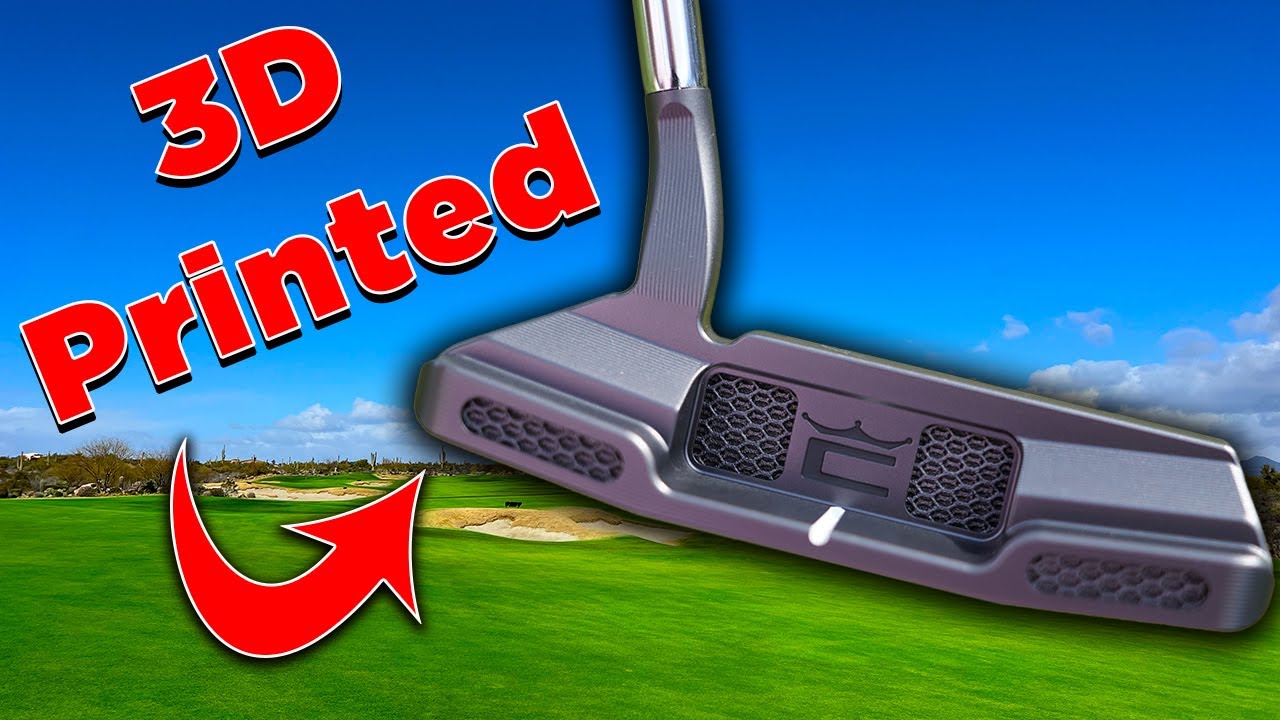
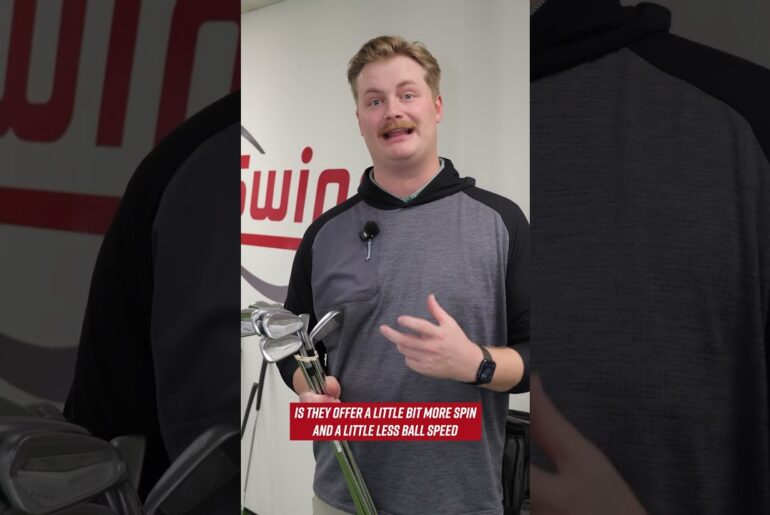
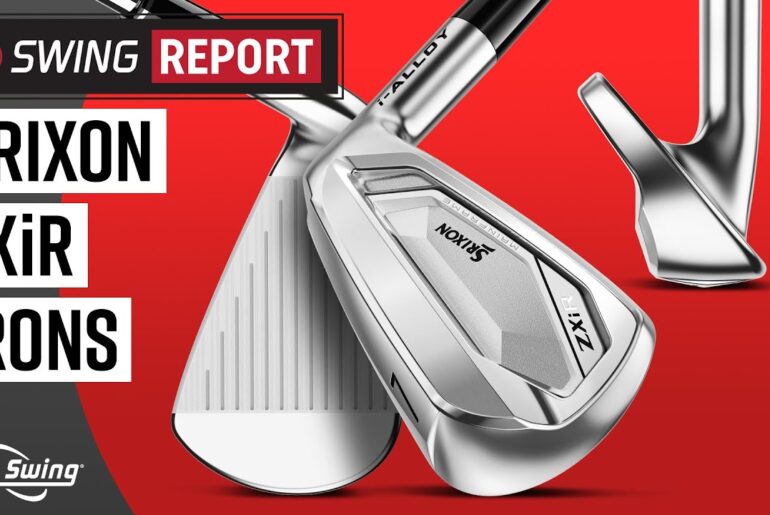
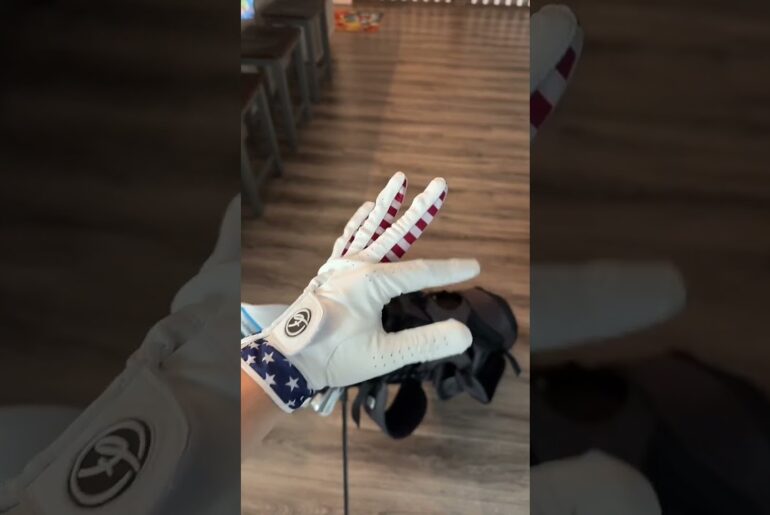

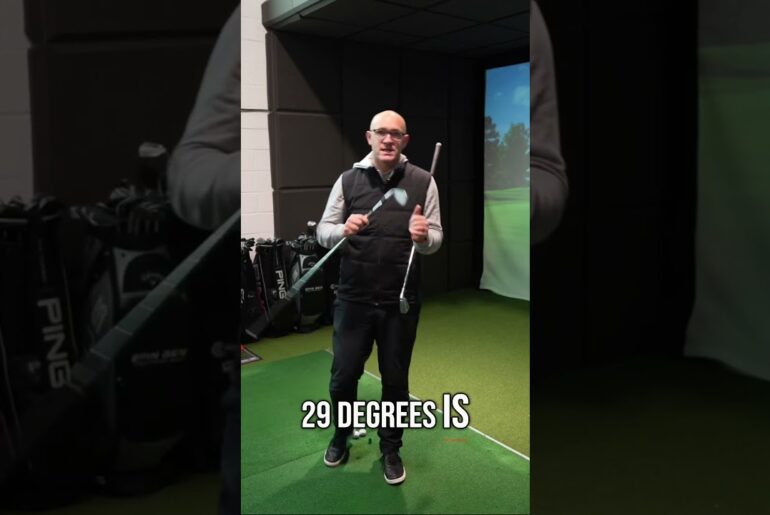
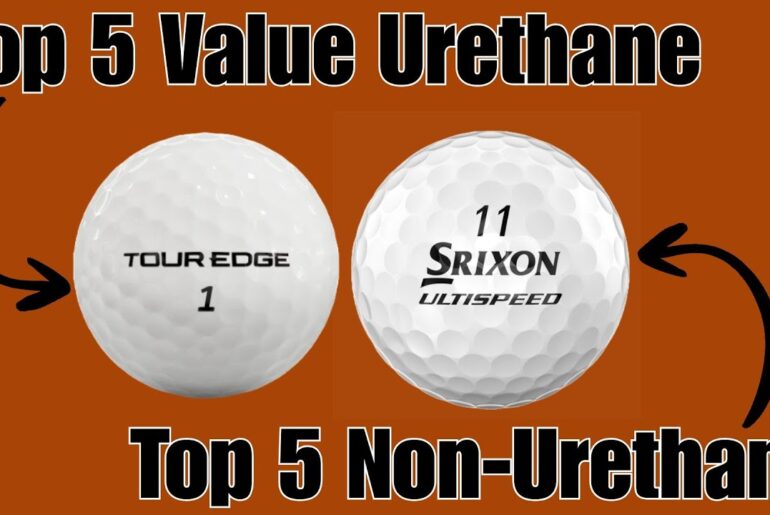
6 Comments
David I just ordered my 3D Pista 60 putter and can't wait for it. Now back to your review. Hoping you like the putters. Now I have a set of 3D irons and I can add the putter too!!!!
David, how is the feel of this 3D putter and is it better than LAB / zero torque putter?
Pista 60 shows up tomorrow!!!
Is the face material different from last years'? I remember how these get dinted very easily if there is sand on the ball
I never thought about Cobra and putters but I tried one the other day. I’ve got a DF3 and I like how it putts but don’t like the feel, too soft for me. I love the feel of SC milled faces. And I was very surprised and impressed with the feel of the 3D putters. Very crisp feeling to me.
Man how on earth do you not have a million subscribers. This is one of the best golf technology reviews I have ever watched, if not the best. I’m a nerd when it comes to golf engineering so hearing someone who knows what they’re talking about give as much detail as you do is awesome. You have definitely earned a subscriber and I’m sure many more to come.